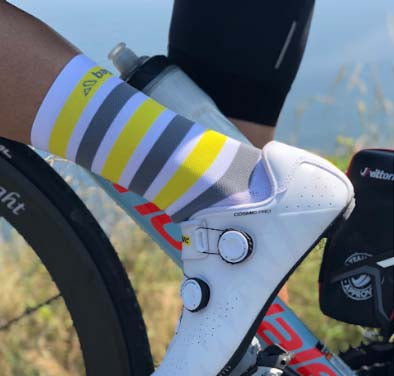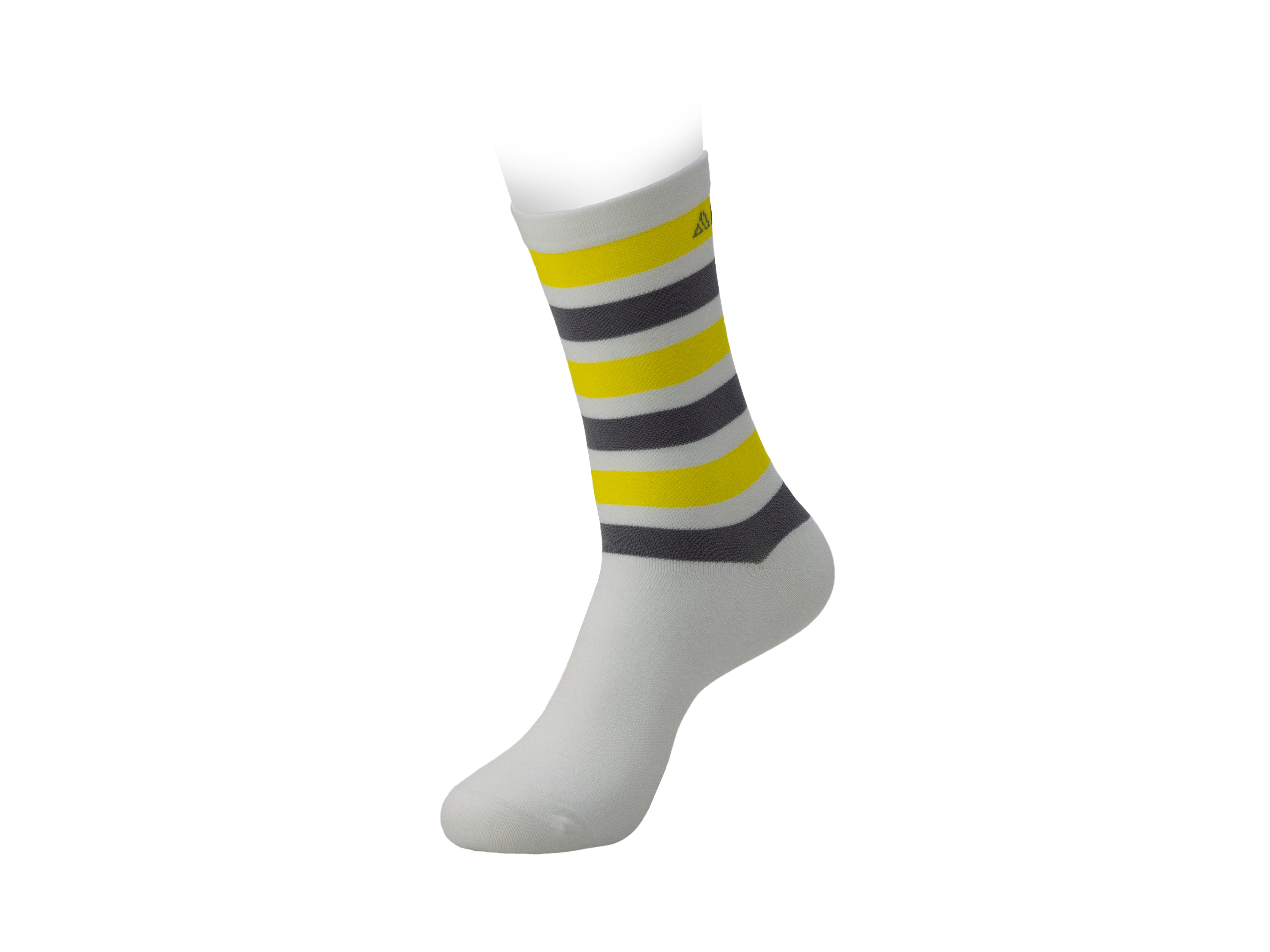Flanders and Roubaix: Dad or Mom?

Arenberg or Kapelmuur? Mons-en-Pévèle or Koppenberg? Carrefour de l'Arbre or Oude Kwaremont? Dad or mom?
We're in the week between the Tour of Flanders and Paris-Roubaix, and this afternoon I was pondering that question. Which is the queen of the classics? Which is the toughest? I don't think there's an objective, scientific way to compare the toughness of these two cycling monuments. Nor is there one to decide which is more beautiful. Both are capable of leaving us with incredible images year after year. Privileged photographers witness firsthand these two odes to competitiveness and effort. With their cameras, they leave us with images like the ones we see in this article every year. But I still can't choose between Flanders and Roubaix.
After the tie in the athletic and visual comparison of the two races, it's time to assess the spectacle that unfolds in the race. A tie again. Both are always, and I emphasize, always, two of the best races of the year. A bad edition of De Ronde will always be a race where things happen far from the finish line and where we can't even go to the bathroom for hours. The same goes for Paris-Roubaix. Both are races that can be broken very far and where we've seen legendary displays this decade. Gilbert did it in 2017 in Flanders and Sagan did it last year in Roubaix (well, Dillier was passing by).
Since we're tied again, I'll simply assess the differences between one race and the other. Because, although they're always subject to comparison, although the contenders in one are often the same as those in the other, although we find many winners in Flanders and Roubaix, they're not the same race.

Different paving stones
Flemish cobblestones are much more gentle, uniform, and therefore much more rideable. They are undoubtedly hard cobblestones, and riding on them isn't the same as riding on smooth asphalt. When you combine Flemish cobblestones with impossible slopes, you end up with very difficult sections.
On the other hand, the Roubaix cobblestones are much more difficult. They are scattered stones, and their contours are extremely irregular. There's a height difference of several centimeters between one cobblestone and the one next to it. Furthermore, the sections tend to be less banked, so choosing your line often makes more sense. There will always be unforeseen events and difficulties.
Characteristics of runners who aspire to victory
I'm a proponent of riders having to compete in De Ronde. Riders of all types. Here you have options, from 61-kilogram guys like Valverde to established players like Kristoff. Unfortunately, we've gone through a decade-long period where riders didn't usually come to Flanders. Many to avoid crashes that would eliminate them from their priority objectives for the season. Many because they felt they had no options. But I think that's changed. Valverde, Jungels, Kwiatkowski, and Alberto Bettiol himself have shown that Flanders isn't the exclusive territory of fat asses and 80-kilogram riders. It's true that it's a race more prone to being run very fast, and that on the flats you have to be very strong, but on the walls you don't have to be a pure scrambler to be one of the best. I openly urge Tom Dumoulin, who I know is reading this, to be encouraged to come here in the coming years.
Roubaix, on the other hand, is a different story. I've always compared it to Wimbledon. I mean, back when Wimbledon was Wimbledon, and grass tennis was real grass tennis. At the All England Tennis Club, only specialists could win. A select few.
Another parallel between Roubaix and Wimbledon is that there's no top-level race with similar characteristics. And that seems to me to be something worth keeping in mind. There are no Masters 1000s on grass. And there are no World Tour classics that run through the cobbled sections of northern France. (In contrast, in Flanders, there are countless races that run through the same walls over and over again, establishing a clear hierarchy in the weeks leading up to it and making clear the roles of favorites for the big event, the Tour of Flanders.) So, knowing the balance of power among the big favorites is difficult. Roubaix is an unknown. We only know that to be able to compete, you need to be a physical prodigy. Here, on the other hand, smaller riders like Valverde, Alaphilippe, or Kwiatkowski have nothing to do. No chance. Physical power, both for walking on the stones and for the tough flat sections, where the race is decided in almost every edition, is essential. It's common to see sprinters competing here. Greipel and Degenkolb have achieved good results here. Those sprinters are practically out of contention in Flanders. In Roubaix, you can be a very heavy rider, and it's even a plus if you have muscle. In Flanders, however, with the steep slopes of the walls, it's not as ideal to be a rider as heavy as the ones I just mentioned.

Iván García Cortina, a rider with a special edition of the Baggicase , has a much better chance in Roubaix than in Flanders, in my opinion, precisely because of his weight. He's a rider who's too muscular for Flanders, but I think he could be among the top 15 in Roubaix. I hope we see him fighting with the best.
Two Sundays where the world stops. Two Sundays we speculate about all year. And how quickly they pass. And how we enjoy them. And how little cycling tastes like to us when the summers become sadly endless, after having lived through an intense spring of struggle, spectacle, and suffering. April. As the maestro said, the Classics steal the month of April from us. And so be it. Enjoy Paris-Roubaix, it's only one day a year.
An article by Fran Alarcón for Baggicase.

